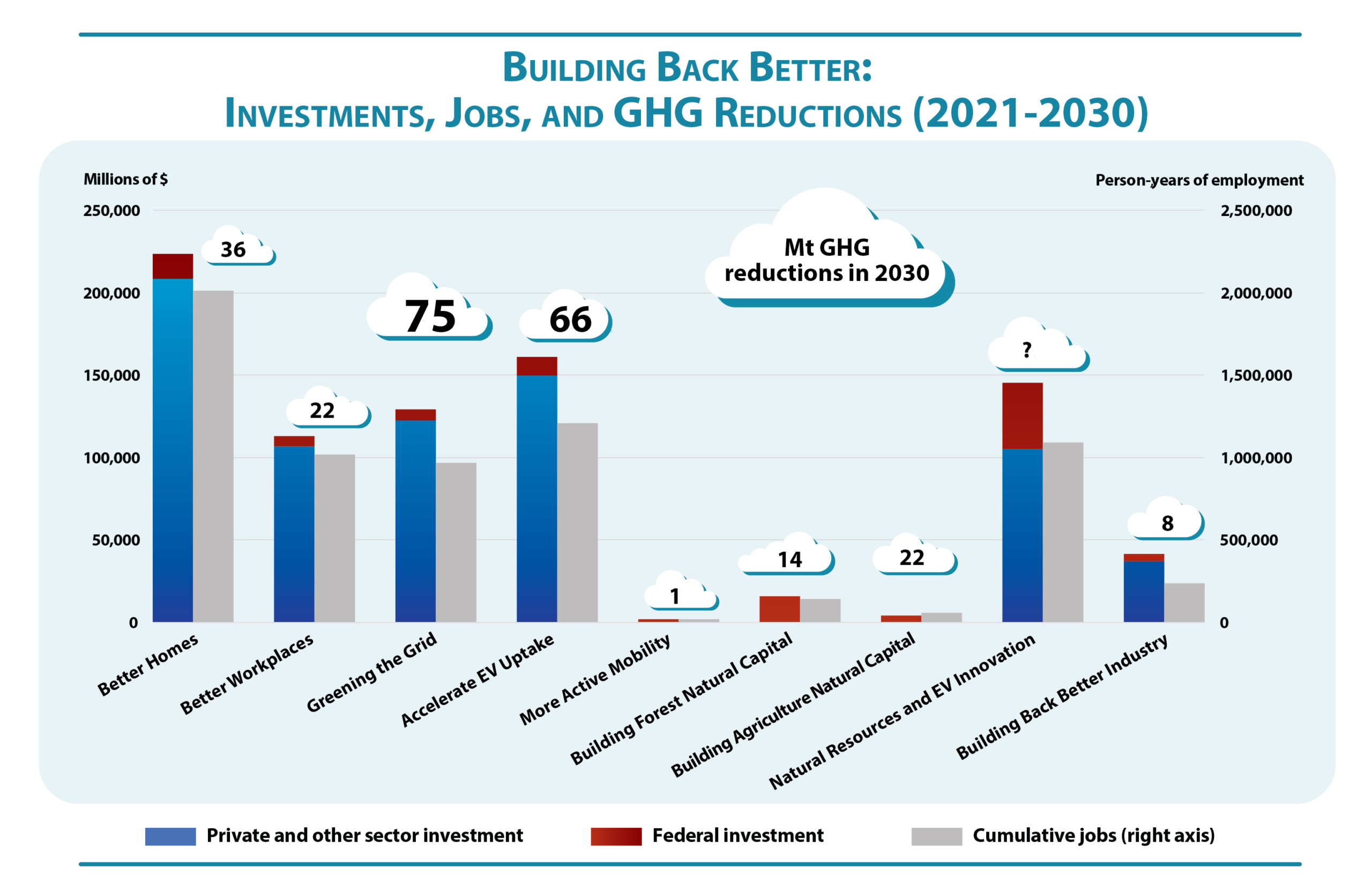As Go the Ecosystems, So Goes the Economy
An energy and environment expert reflects on the post-Covid recovery.
When daily life is humming along more-or-less routinely, it is easy to lose sight of just how uncertain the future really is, even during the best of times. And these are not the best of times. The pandemic has brought an abrupt halt to business as usual in our personal lives and in our economy. We do not know how long it will be before the threat of the virus can be brought under control or even whether the worst is still to come, but it is not too soon to be thinking about what things need to change when this is over.
Over the past three months, I’ve been discussing the post-COVID economic recovery with economists, federal ministers, clean energy experts, business leaders and others through a series of web panels sponsored by Corporate Knights. Prior to each panel, I collaborated with clean technology finance expert Celine Bak, public policy consultant Gillian McEachern and Corporate Knights editor Toby Heaps to write a series of white papers exploring how Canada could create a green economic recovery.
We analyzed the potential contributions to the recovery from building renovations, renewable electricity, electric vehicles, heavy industry, forestry and agriculture, and even the petroleum industry. We found that with investments well within the normal capacity of the Canadian economy, and with the creative partnership of the public and private sectors, we can reduce annual greenhouse gas emissions by 240 million tonnes per year by 2030. That would put Canada on the path to a carbon-free economy within a generation, while creating more than twice as many jobs than have been lost to the virus.
It has been clear for some time that our economy is on a collision course with the natural ecosystems in which it is embedded, and because of that there is a large and growing body of know-how for making the transition to zero carbon. By 2030, Canada could create millions of job-years of employment by greening the power grid, electrifying transport, upgrading our homes and workplaces to be more comfortable and energy efficient, and resetting our agricultural, forestry and industrial production systems on a course for sustainability. With the pandemic-triggered prospect of renewed public investment, and with the creativity up-and-coming leadership is bringing to the game, a door has opened to a positive, practical future in which we rebalance our relationships with the atmospheric and other global ecosystems on which our prosperity depends.
The pandemic response has served as a powerful reminder of the extent of our mutual vulnerability. But it has also highlighted our mutual dependence and the importance and of the effectiveness of our social and political institutions when aligned by a common purpose. This will serve us well during the post-pandemic recovery, which, I hope, will be characterized by innovation and renewal.

The investments (blue bars) and employment impacts (grey bars) over the next decade for a green economic recovery that cuts annual greenhouse gas emissions by 240 Mt CO2e by 2030.




